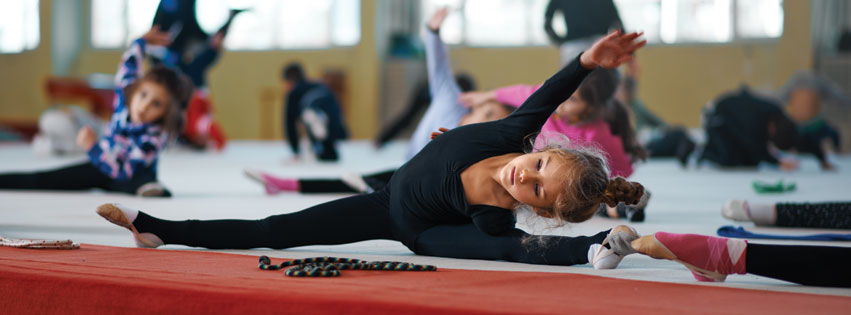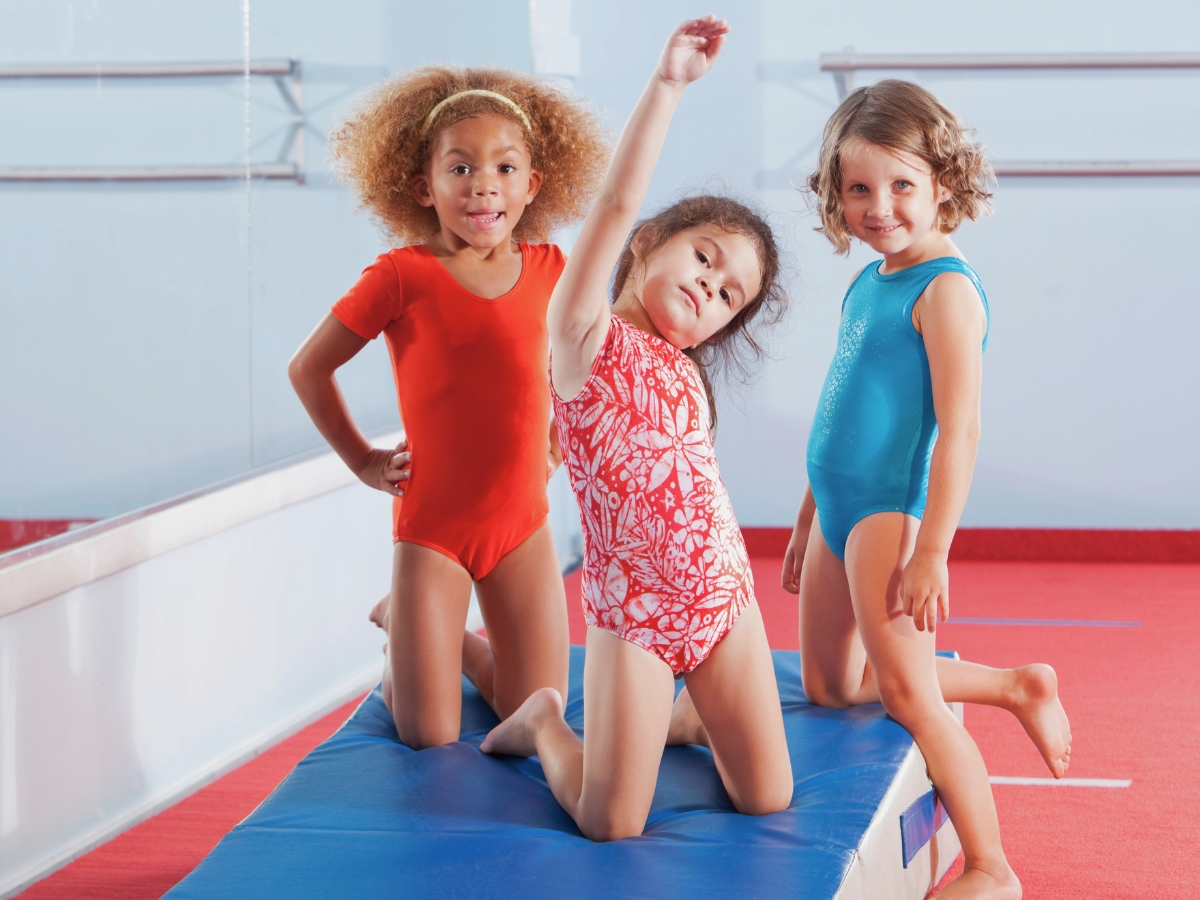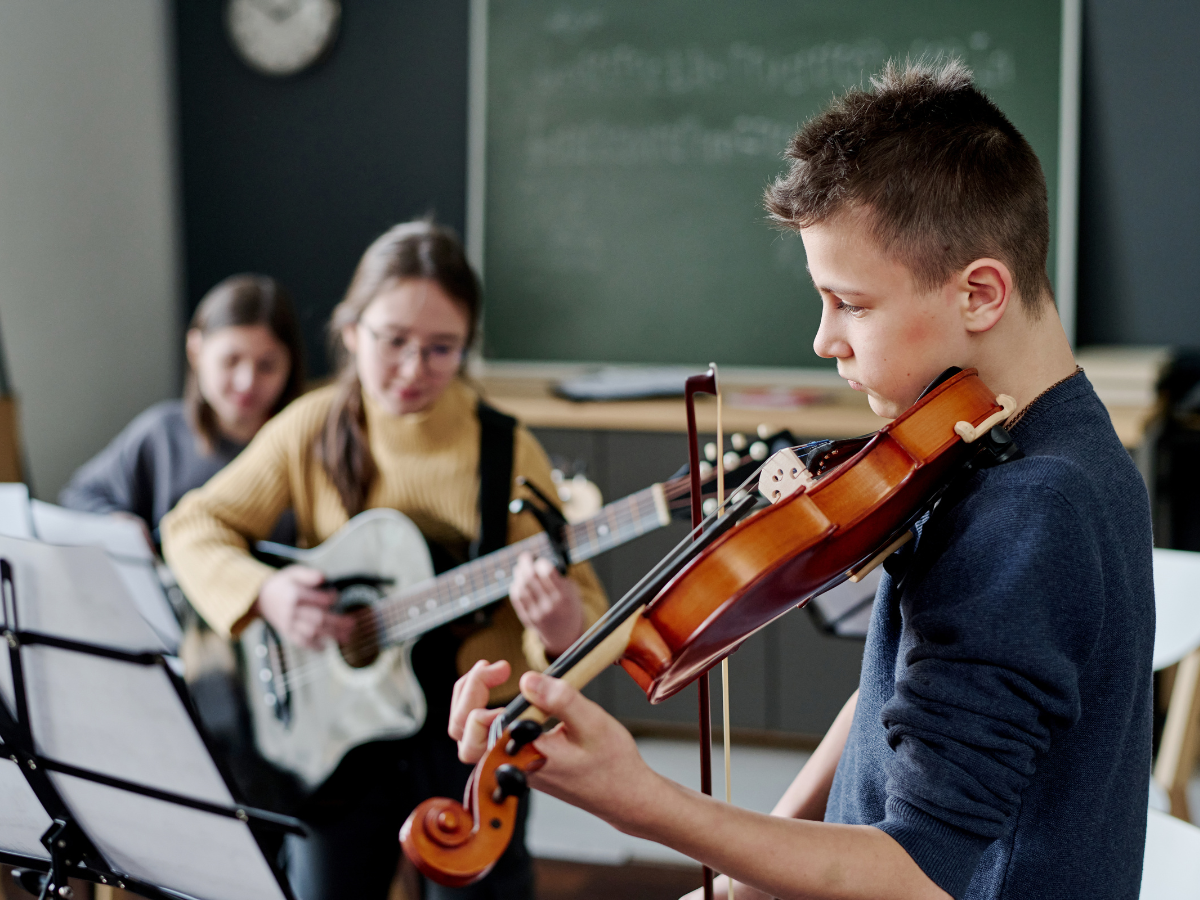As the gym owner, you certainly have your own training style and class level expectations. You’re not new to gymnastics coaching. However, it’s easy for the demands of being a gym owner to take over your time and your mind. As critical as smart, proactive management is to the long-term success of your business, don’t lose sight of the details necessary to give kids an excellent gymnastics class experience. Here are 10 things you don’t want to forget about teaching gymnastics to kids:
- Always group kids by stage of development. Training styles can vary, but developmental stages do not. Every class and each lesson plan should be targeted for a specific stage of development. In the earliest stages, age is the defining variable. As kids get older, their stage of development is defined by skill level, with age following second. You may also want to consider offering classes to kids with special needs, who will need their own unique lesson plan and style. Open workout sessions are valuable opportunities for students of different ages to learn from each other.
- Have a full complement of modified equipment. Equipment can be expensive. Finding the floor space to put out a wide variety of equipment is costly. No doubt. Surely though, it’s impossible to provide the quality, and safe instruction young kids need without sufficient inventory of modified equipment, from low, wide, padded balance beam to pint-sized practice bars. If you have the budget, think about investing in gymnastics mats that show hand and foot placements for different skills that help your youngest students learn basic skills quickly.
- Set clear short, mid, and long-term goals. You want to set these three types of goals because kids need to feel the glow of success often. The younger they are, the more short-term goals you should define. The youngest kids are too young to understand “goals.” These are the milestones you’ve outlined in your lesson plan when kids should get an extra dose of praise for reaching. As students get older and more experienced, they need to see how their hard work is paying off dividends. The older kids should also know precisely what your defined goals for them are and be encouraged to set their own goals.
- Don’t overwhelm kids with correction. For the youngest students, corrections don’t even sound like correction. They’re just gentle or fun reminders. If one young’un decides to bunny hop when you instructed kids to frog jump, a light call out to her that she’s a frog, not a bunny, is enough. Kids older than that, but not yet in high school, can typically process one clear correction at a time. You might see five things wrong with a student’s single leg basket swing – but focus on one issue before moving to the next one. Too much correction will confuse them and feel like demoralizing criticism.
- Pre-plan alternatives for tasks a student finds too difficult. When a kid just isn’t getting an exercise, have options at the ready that you can use to break it down to an even simpler level. Whether kids are practicing rolls or doing a crab walk, plan out exactly what tools and alternatives you’ll provide to kids who are struggling.
- Pre-plan your discipline methods. Your students are angels, really. Most of the time anyway. Kids are kids and discipline issues are inevitable. Rules will be broken. As you do with your instruction methods, plan out your discipline approach before you need to start disciplining. Taking a positive approach to discipline keeps a positive vibe and energy in the room. Remind the errant kid what he should be doing rather than scolding him for doing something else. Have a “time out” space set up for a student who’s being especially unruly. Providing positive discipline doesn’t mean that kids don’t incur consequences for bad behavior. They most definitely should understand and see that bad behavior isn’t tolerated.
- Balance out timing within a class. Kids will get antsy when they’re in line too long. They’ll also start to feel left out. Worse, the parents won’t be happy to pay for an hour class where their child spends half of it waiting to do something. Whether it’s managing class size, having teaching assistants who can lead a portion of the class in another activity, find the means to minimize the waiting in line time.
- Make the rote and repetitive fun. It’s not warm up time – it’s play time! Play music. Have them pair up for specific stretching exercises. Mix up the exercises and sequences you take students through for warm-ups and cooldowns. Here’s a list of an Olympian’s favorite stretches. Before they’re old enough to understand why warm up and cool down are so important, take deliberate steps to make these parts of class fun too. Kids should enjoy these portions of the class as much as any other part.
- Give students homework. No reading materials here. Instead, assign specific exercises and activities they should do at home that help them get the most from their classes. If a student is only doing stretching exercises, strength development, or body awareness activities once a week, they aren’t going to develop very quickly. It also keeps them a bit disengaged from what they’re doing in class. Fun homework assignments like working out on a mini-trampoline or doing a yoga stretch routine in the morning keep them prepared for class and helps them develop a healthy lifestyle. Older students can participate in designing their own homework assignments with you that are attached to specific goals.
- Don’t overlook cognitive, character and social development. You know gymnastics classes have the potential to teach kids so much more than physical skills. From social skills to problem-solving to working through fears, gymnastics delivers a wealth of development opportunities. Don’t leave the “soft skill” development to chance. Design your lesson plans and student progress plans with explicit milestones that measure defined areas of personal growth.
Here’s a vital bonus tip to remember: As the gym owner, it’s part of your mission to make sure all your teachers, trainers, and coaches provide a consistent class experience that meets your standards.
All these issues, like how discipline is handled at your gym and how goals are set, need to be documented policies that you teach your staff. Certainly, every teacher has his or her unique style and personality that they should have room to express in class.
However, consistency of quality is critical to the long-term success of any business. Parents and students need to feel like they can sign-up for any class with any teacher at your gymnastics studio and get the same caliber of instruction. Consistency won’t happen by chance. Document your guidelines and expectations. Teaching your teachers is as necessary as teaching your kids.
 hbspt.cta.load(3803665, ‘601ba65a-ddb7-4999-935f-ca80e374026e’, {});
hbspt.cta.load(3803665, ‘601ba65a-ddb7-4999-935f-ca80e374026e’, {});






